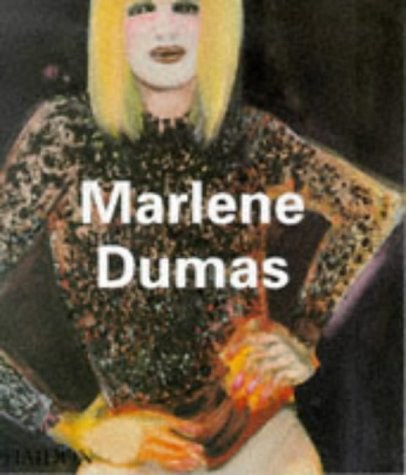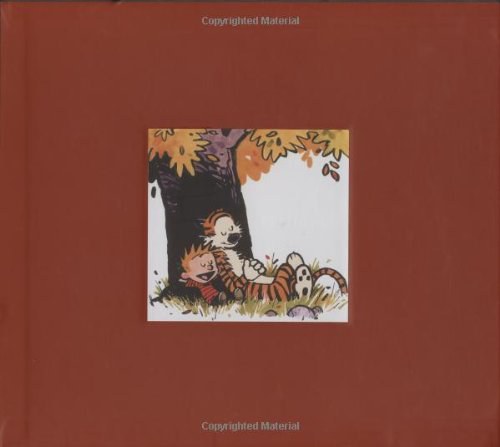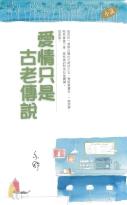
The Stack
书刊介绍
内容简介
What has planetary-scale computation done to our geopolitical realities? It takes different forms at different scales—from energy and mineral sourcing and subterranean cloud infrastructure to urban software and massive universal addressing systems; from interfaces drawn by the augmentation of the hand and eye to users identified by self—quantification and the arrival of legions of sensors, algorithms, and robots. Together, how do these distort and deform modern political geographies and produce new territories in their own image?
In The Stack, Benjamin Bratton proposes that these different genres of computation—smart grids, cloud platforms, mobile apps, smart cities, the Internet of Things, automation—can be seen not as so many species evolving on their own, but as forming a coherent whole: an accidental megastructure called The Stack that is both a computational apparatus and a new governing architecture. We are inside The Stack and it is inside of us.
In an account that is both theoretical and technical, drawing on political philosophy, architectural theory, and software studies, Bratton explores six layers of The Stack: Earth, Cloud, City, Address, Interface, User. Each is mapped on its own terms and understood as a component within the larger whole built from hard and soft systems intermingling—not only computational forms but also social, human, and physical forces. This model, informed by the logic of the multilayered structure of protocol “stacks,” in which network technologies operate within a modular and vertical order, offers a comprehensive image of our emerging infrastructure and a platform for its ongoing reinvention.
The Stack is an interdisciplinary design brief for a new geopolitics that works with and for planetary-scale computation. Interweaving the continental, urban, and perceptual scales, it shows how we can better build, dwell within, communicate with, and govern our worlds.
作者简介
Benjamin H. Bratton is a theorist whose work spans philosophy, computer science, and design. He is Associate Professor of Visual Arts and Director of the Center for Design and Geopolitics at the University of California, San Diego. He is also Visiting Professor of Critical Studies at SCI-Arc (the Southern California Institute of Architecture) and Professor of Digital Design at ...
(展开全部)
相关推荐
-

史记(1-10)
精彩摘录年少时,为郡小吏,见吏舍厕中鼠食不絜,近人犬,数惊恐之。斯入仓,观仓中鼠,食积粟,居大庑之下,不见人犬之忧。於是
-

城市规划编制过程中的常用方法
城市规划编制过程中的常用方法 内容简介 本书是普通高等院校建筑专业“十一五”规划精品教材,共分五章。系统介绍了城市资料获取、城市经济分析、城市规模预测、城市用地...
-

丝绸之路考古十五讲
林梅村,1956年4月生,北京大学考古文博学院教授。自1 982年起,每年都到新疆、青海、内蒙古、甘肃丝绸之路沿线进行考察,多次深入塔克拉玛干沙漠寻访古城;同时...
-
![[日] 酒卷 久《不要一大早就刷微博》](http://oss.shudanhao.com/caiji/chazidian/2023/18472.jpg)
[日] 酒卷 久《不要一大早就刷微博》
许多职场人都不同程度患上了微博依赖症,看似便捷的网络浪费了我们多少时间和精力,简直难以计算。戒除微博依赖症,养成合理的工
-

大西洋海战
编辑推荐:★2074天,二战历时最长的军事行动如何决定欧洲的命运?★即使你已经读过此前出版的所有关于大西洋海战的图书,这本书也仍然值得你读。——迈克尔·麦克德维...
-

品牌至上——LOGO设计法则与案例应用解析
何亚龙 毕业于香港中文大学,获硕士学位。 知尖品牌机构创意总监,LOGO大师联合创始人,广州平面设计师联盟秘书长。 LOGO大师工作室 LOGO大师工作室正式成...
-

畜禽中毒急救技术
畜禽中毒急救技术 内容简介 全书内容包含毒理学基本原理简介和动物中毒病两大部分。毒理学基本原理部分简单阐述了毒物的毒性及毒性作用,毒物在动物体中的吸收、分布和排...
-

做个会讲故事的人
加布里埃尔•多兰,领导力和商业故事领域全球思想领袖。她与来自世界各地的知名领导人合作,通过帮助企业讲故事,让他们成为更好的领导者和传播者。她还是一位备受欢迎的国...
-

当食物成为抚慰
献给情绪性进食者和肥胖人群的自愈指南。通过真实案例、情绪性进食自查清单和7项实用技能,与食物和自身和解,重建积极人生。……………………◎ 编辑推荐1.内容围绕情...
-

砌体结构设计与构造-12SG620《砌体结构设计与构造》图集应用
砌体结构设计与构造-12SG620《砌体结构设计与构造》图集应用 本书特色 由张涛主编的《砌体结构设计与构造--12sg620 砌体结构设计与构造图集应用》根据...
-

你最需要的减法生活
《你最需要的减法生活》内容简介:在我们的生活工作中,可能是城市的脚步过于匆忙,也可能是由于我们身上的负担过重,更有可能是我
-

Pebble in the Sky
One moment Joseph Schwartz is a happily retired tailor in 1949 Chicago. The next...
-

花本 アリ《となりの劣情モンスター》
元カリスマAV男優を父に持つ志信は、その遺伝子を存分に受け継ぎ人より強すぎる性欲の暴走を防ぐために男子校に通っていた。とは
-

Shirley K·Rose|Irwin H·Weiser|Irwin Weiser《The Writing Program Administrator as Researcher》
AlthoughtheWPAscontributiontowritingfacultydevelopmentandcurriculumdevelopmentis...
-

线上幽灵
作者:凯文•米特尼克,曾是世界头号黑客,现从事安全咨询工作。与William L.Simon合著有《欺骗的艺术》和《入侵的艺术》。现居拉斯维加斯。他是有史以来最...
-

食盐02 无辣不欢
任芸丽,资深美食媒体人,现任素味乐生活主编,曾担任《贝太厨房》杂志主编 ,在业界深耕近20年。 曾出版个人美食图书《吃情十物》、《甜蜜食堂》等。
-

云没有回答
水俣病是由于工业废水排放污染造成的公害病,因1956年发生于日本熊本水俣市而得名。作为日本经济高速发展的负面遗产,水俣事件戳破了为了经济成长而忽视社会福祉的时代...
-

脊柱四肢影像图解:正常解剖-常见变异-常见病变
脊柱四肢影像图解:正常解剖-常见变异-常见病变 本书特色 《脊柱四肢影像图解:正常解剖-常见变异-常见病变》:影像解剖与临床图解丛书脊柱四肢影像图解:正常解剖-...
-

意外演员
那时迷离,原名吕丽,“天涯情感热帖教主”。曾出版过《婚礼之前,与你告别》、《后来,你都如何回忆我》,其中《婚礼之前,与你告别》根据亲身经历改编,引发百万网友追捧...
-

Rebuilding Brand America
Anti-American feeling is at an all-time high. Other nations and cultures have si...





